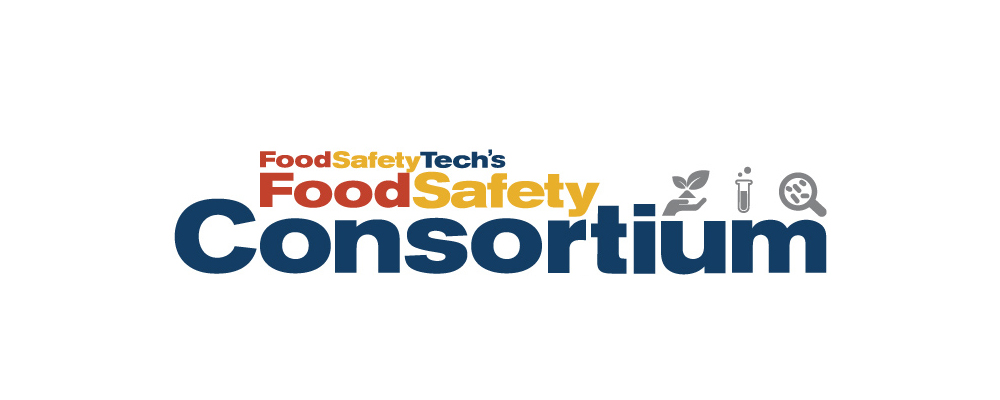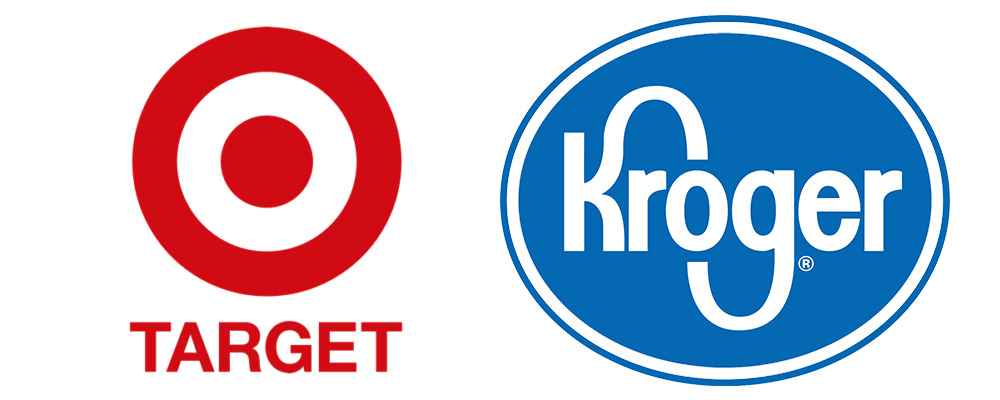EDGARTOWN, MA, Feb. 23, 2022 – Innovative Publishing Company, Inc., publisher of Food Safety Tech, has announced the dates for 2022 Food Safety Consortium as well as its new location. Now in its 10th year, the Consortium is moving to Parsippany, New Jersey and will take place October 19-21.
“COVID-19’s impact on the food safety community has been significant and its impact will continue to be felt for years,” said Rick Biros, president of Innovative Publishing Company and director of the Food Safety Consortium, in his blog about the current state of the food industry. “The goal now is not to get food safety back to 2019 levels but to build it better. These issues must be discussed among peers and best practices must be shared. This year’s event will help facilitate this much needed critical thinking and meeting of the minds.”
The 2022 program will feature panel discussions and concurrent breakout sessions intended for mid-to-senior-level food safety professionals that address important industry issues, including:
- C-Suite Communication
- Employee Culture
- What is the State of Food Safety and Where is it Going?
- Audits: Blending in-person with Remote
- Quality 4.0: Data Analytics and Continuous Improvement
- Digital Transformation of Food Safety & Quality
- Technology: How Far is Too Far?
- The Days FSQA Folks Fear the Most
- FSQA’s Role in Worker Rights and Conditions
- Analyzing and Judging Supplier’s Human Rights and Environmental Records
- New Trends in Food Fraud
- Diversification of Supply Chain Capacity
- Product Reformulation Challenges due to Supply Chain Challenges
- Traceability
- Preparing the Next Generation of FSQA Leaders
- Food Defense & Cybersecurity
- Food Safety and Quality in the Growing World of e-commerce
- Quality Helping Improve Manufacturing Efficiency with How Does Quality Show Value to the Organization?
The event will also feature special sessions led by our partners, including the Food Defense Consortium, GFSI, STOP Foodborne Illness and Women in Food Safety.
Tabletop exhibits and custom sponsorship packages are available. Contact Sales Director RJ Palermo.
Registration will open soon. To stay up to date on registration, event keynote and agenda announcements, opt in to Food Safety Tech.
About Food Safety Tech
Food Safety Tech is a digital media community for food industry professionals interested in food safety and quality. We inform, educate and connect food manufacturers and processors, retail & food service, food laboratories, growers, suppliers and vendors, and regulatory agencies with original, in-depth features and reports, curated industry news and user-contributed content, and live and virtual events that offer knowledge, perspectives, strategies and resources to facilitate an environment that fosters safer food for consumers.
About the Food Safety Consortium
Food companies are concerned about protecting their customers, their brands and their own company’s financial bottom line. The term “Food Protection” requires a company-wide culture that incorporates food safety, food integrity and food defense into the company’s Food Protection strategy.
The Food Safety Consortium is an educational and networking event for Food Protection that has food safety, food integrity and food defense as the foundation of the educational content of the program. With a unique focus on science, technology and compliance, the “Consortium” enables attendees to engage in conversations that are critical for advancing careers and organizations alike. Delegates visit with exhibitors to learn about cutting-edge solutions, explore three high-level educational tracks for learning valuable industry trends, and network with industry executives to find solutions to improve quality, efficiency and cost effectiveness in the evolving food industry.














